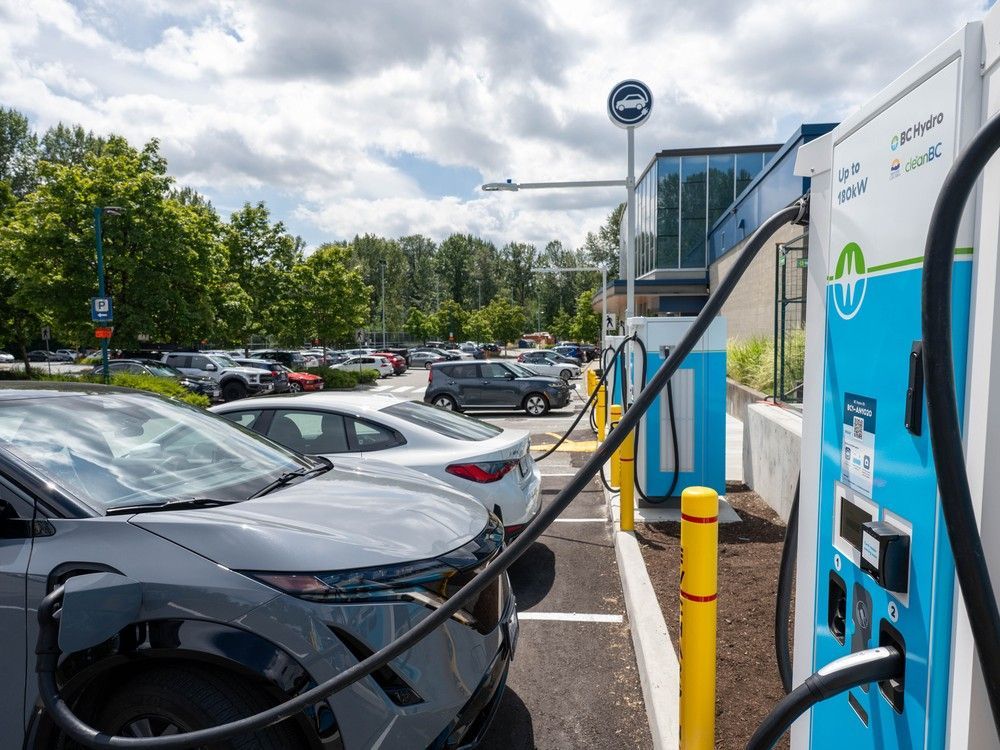Carbon capture and storage has been heralded as a crucial strategy to combat climate change, yet recent findings reveal a stark limitation: the Earth can safely store only about 1,460 gigatons of carbon, significantly less than earlier estimates. This research, published in Nature, highlights the need to exclude "risky" areas vulnerable to geological instability, which drastically reduces the potential storage capacity from 11,780 gigatons. The implications are profound; this limited capacity translates to a mere 0.7 degrees Celsius reduction in global warming, far below the 6 degrees previously suggested. As Joeri Rogelj, a co-author of the study, emphasizes, geological storage must be viewed as a finite resource that requires careful management to ensure a sustainable climate future.
The study underscores the necessity for a paradigm shift in how carbon storage is integrated into climate strategies. While some experts argue that the findings may be overly conservative, others caution that practical, economic, and regulatory hurdles could further constrain the deployment of carbon storage technologies. Current efforts are minimal, with only 0.05 gigatons of CO2 stored annually through carbon capture, primarily for enhanced oil recovery, and a negligible amount removed from the atmosphere. This raises critical questions about the feasibility of relying on carbon storage as a primary mitigation strategy, reinforcing the urgency of reducing fossil fuel consumption as the central focus of climate action.








